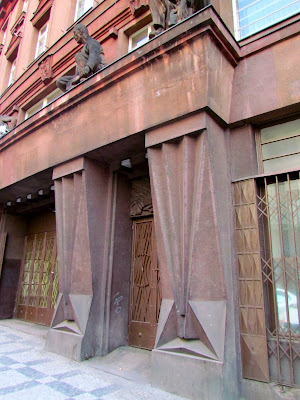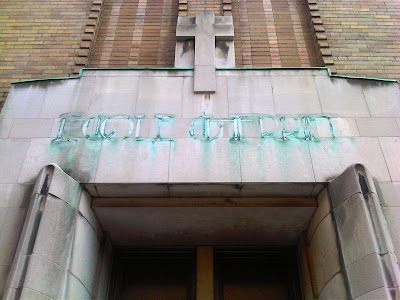These heavy wooden doors on the campus of McGill University have persevered through Montreal snowstorms and summer humidity for over a century, stalwartly protecting each of these buildings from the elements since their original construction in the 19th century. Even today each set of antique doors remains the principal entrance to each of these three buildings - the Redpath Museum, the Architecture School, and the Redpath Performance Hall, respectively from top to bottom. And each one has its own personality, incorporating motifs ranging from the organic to the neoclassical.
McGill University, Montreal, Quebec.







































 Three-story brick columns guard the front of the Old Courthouse in Cambridge, Massachusetts.
Three-story brick columns guard the front of the Old Courthouse in Cambridge, Massachusetts.





